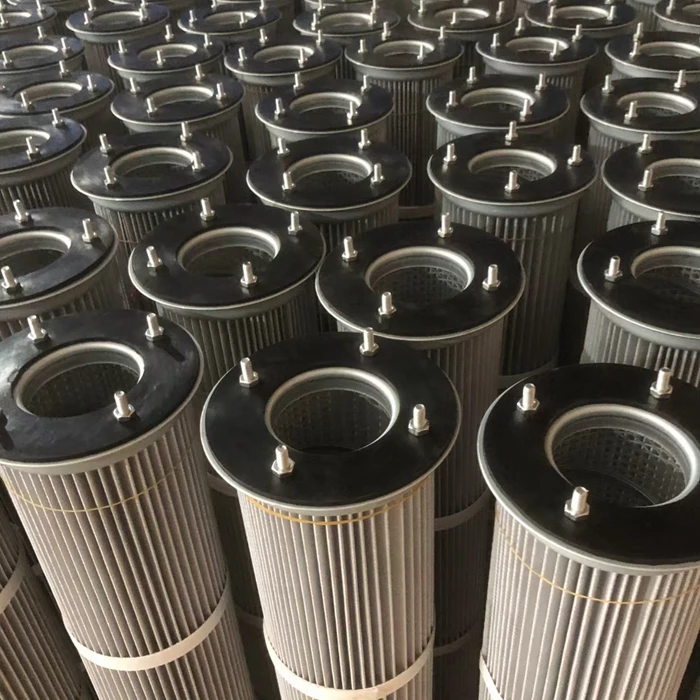sep . 04, 2024 05:17 Back to list
tempered glass is made of
Understanding How Tempered Glass is Made
Tempered glass, also known as toughened glass, is a type of safety glass that has been treated with heat or chemicals to increase its strength compared to normal glass. The manufacturing process of tempered glass is meticulous and involves several key steps that ensure its durability and resistance to impact.
Understanding How Tempered Glass is Made
Once the raw materials are sourced and processed, the glass is cut into the desired sizes and shapes. This cutting must be done carefully since tempered glass cannot be altered after it has been tempered. Any adjustments, such as drilling holes or trimming edges, need to be made prior to the toughening process.
tempered glass is made of

The next crucial step involves heating the glass in a tempering oven. The glass is heated to temperatures between 600 to 700 degrees Celsius (about 1,112 to 1,292 degrees Fahrenheit). This intense heat causes the glass to expand, and it is maintained at this temperature for a specific duration to ensure uniform heating. The purpose of this phase is to alter the internal structure of the glass, creating a state of compression that significantly enhances its strength.
After the glass reaches the desired temperature, it is rapidly cooled using a technique known as quenching. This cooling process involves blasting the glass with cold air, which causes the surface to cool and contract faster than the interior. This rapid temperature difference induces compressive stresses on the outer surfaces while keeping the inner portion in tension. As a result, tempered glass can withstand greater force and is less likely to shatter under impact.
The final stage of production includes quality checks to ensure that the tempered glass meets safety standards and specifications. This might involve testing for uniform thickness, checking for visual defects, and conducting stress tests to ensure the integrity of the glass.
Tempered glass is widely used in various applications, including windows, shower doors, facades, and glass doors. Its ability to shatter into small, blunt pieces rather than sharp shards makes it a preferred choice for safety-conscious environments. Overall, the intricate process of making tempered glass exemplifies the intersection of engineering and artistry, yielding a material that combines strength with aesthetic appeal.
-
What Is Float Glass- All You Need to Know
NewsJun.04,2025
-
How Is Tempered Glass Made?
NewsJun.04,2025
-
What is Tempered Glass and What It's Used For?
NewsJun.04,2025
-
Different Types of Tempered Glass: Choosing the Right Solution for Your Application
NewsJun.04,2025
-
What is the Difference Between Float Glass and Normal Glass?
NewsMay.30,2025
-
Differences Between Float Glass, Tempered Glass and Laminated Glass
NewsMay.29,2025
Related PRODUCTS














